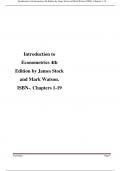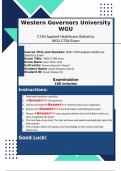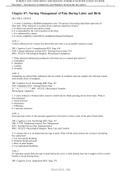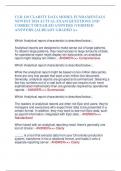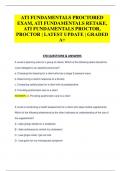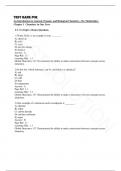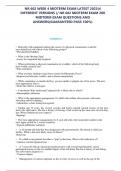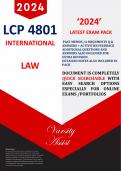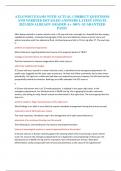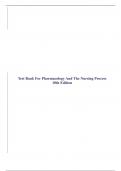Tentamen (uitwerkingen)
Test Bank for Introduction to Econometrics 4th Edition by James Stock and Mark Watson. ISBN-. Chapters 1-19. (Complete Download) Updated A+
- Vak
- Instelling
- Boek
Test Bank for Introduction to Econometrics 4th Edition by James Stock and Mark Watson. ISBN-. Chapters 1-19. (Complete Download) Updated A+ TABLE OF CONTENTS PART I: INTRODUCTION AND REVIEW Economic Questions and Data Review of Probability Review of Statistics PART II: FUNDAMENTALS OF REGRESSION AN...
[Meer zien]
